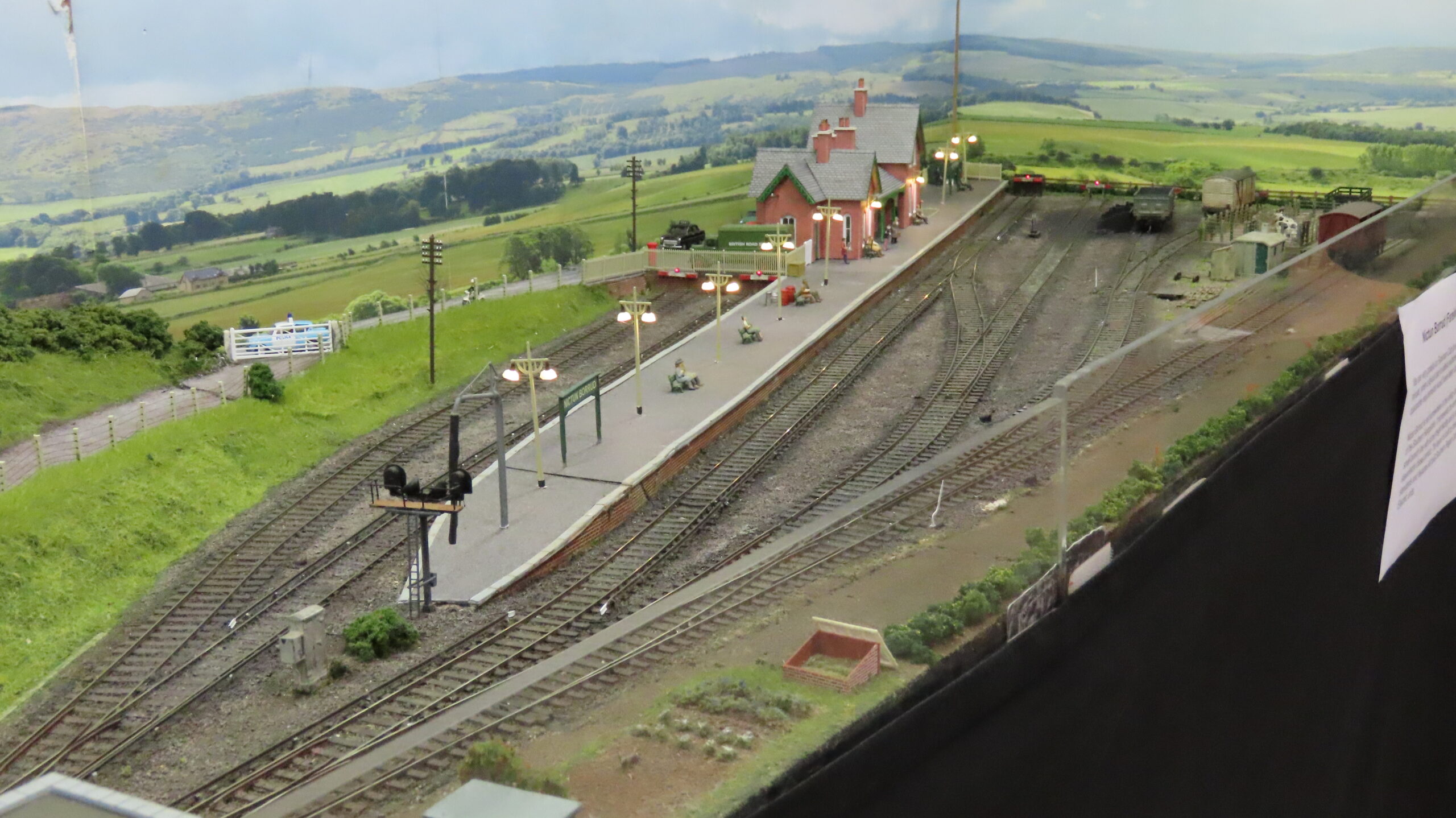When you are looking to buy a second-hand model railway layout, it’s essential to consider several factors to ensure you’re making a good purchase. Second-hand layouts can be an excellent way to enjoy the hobby without having to make massive spend outs for your first layout. However, it is important to make sure that you understand what work might be needed to operate the layout. Here are the key things to look for:

Condition of the Layout
Track Condition: Check for rust, warping, and cleanliness. Ensure that the tracks are securely fastened and free of major defects.
Scenery: Inspect the quality of the scenery, including buildings, trees, and landscape features. Look for any signs of damage or deterioration.
Baseboard: Examine the baseboard’s structural integrity. It should be sturdy and free from warping cracks or water damage.
Electrical and DCC Components
Wiring: Ensure that the wiring is in good condition and correctly installed. This includes both the main power supplying the layout and the low-voltage cables operating it. The latter can be delicate, making them susceptible to breaking or disconnecting. Look for any exposed wires or loose connections.
DCC System: If the layout uses a Digital Command Control (DCC) system, verify it functions correctly. DCC systems can be complicated with many features. Get the seller to explain how the controller works. Then, check the controller and any associated hardware.
Lighting: Test any installed lighting to ensure it works properly. Again, these components are very delicate and can be difficult to replace if damaged.
Locomotives and Rolling Stock
Condition: Inspect locomotives and rolling stock for wear and tear. Check for missing parts, paint condition, and general operational status. Sometimes, layout sellers will sell you locos that may not be in perfect condition, but they are easy to maintain and repair if you know what you’re doing. There are a number of articles that could help you with this. If they require servicing, you might be able to negotiate the price.
Compatibility: Ensure that the rolling stock is compatible with the layout’s track gauge and control system. This should be simple to check, and it would be rare for locos to be incorrect for the layout, but it is worth checking.
Track Plan and Layout Design
Design: Consider the complexity and design of the layout. Ensure it fits the available space you have before making a purchase.
Documentation: Ask for any documentation or plans related to the layout design, wiring schematics, and operational notes. Remember that controllers and other equipment frequently have manuals. If the seller doesn’t have these, you can almost certainly find them online by searching for the model number and make
Operational Testing
Running Trains: If possible, run a train on the layout to test track continuity and smoothness of operation and detect any dead spots or rough sections. Look particularly at rail joints. Ideally, you want locos to run smoothly around layouts without having to touch them. This can be difficult, particularly if the layout has been stored for some time. Take note of areas where locos do not run smoothly; these may require repairs or cleaning.
Turnouts and Switches: Test all turnouts and switches to ensure they operate smoothly and correctly. With turnouts, ensuring they close in each position is also essential.
Previous Ownership and Usage
History: Ask about the layout’s history, including how long it has been in use and the extent of any modifications or repairs.
Reason for Selling: Understanding why the seller is parting with the layout can provide insights into its condition and potential issues. Layouts can take years to create, so parting with them is very difficult for some.
Transport and Setup
Disassembly: Determine how easy it will be to disassemble and transport the layout. Check if it is modular or requires significant effort to move.
Reassembly: Consider the complexity of reassembling the layout in your space. Ensure you have the necessary tools and skills to set it up again.
Cost and Value
Price: Compare the asking price with the cost of new components and other second-hand options to ensure you are getting good value for your money.
Additional Costs: Factor in any extra costs for transport, repairs, or modifications you might need to make after purchase.
In summery, by carefully evaluating these aspects, you can make an informed decision and find a second-hand model railway layout that meets your needs and provides good value. If you keep the points above in mind, you stand a better chance of getting a layout you are happy with, and that should give you hours and hours of enjoyment.


